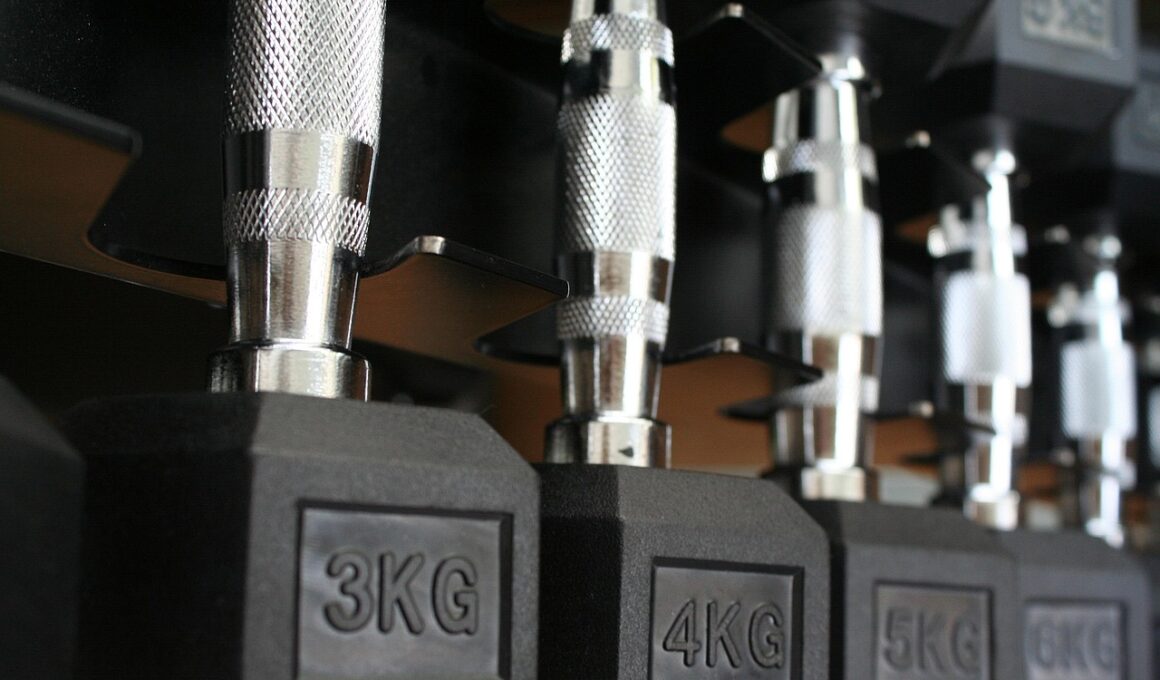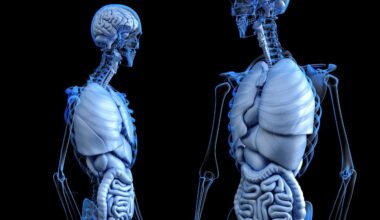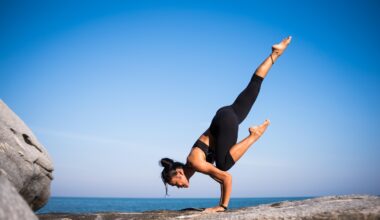Ultimate Guide to Bodyweight Training Equipment for Home Workouts
Bodyweight training is increasingly popular as it emphasizes strength, flexibility, and core stabilization without requiring significant weights or machines. For those at home, the right equipment can enhance these workouts. Essential items include resistance bands, which are versatile and can assist in various exercises to target different muscle groups. Suspension trainers, such as the TRX, are particularly valuable due to their ability to facilitate bodyweight exercises while ensuring correct posture. Additionally, a few sturdy gymnastic rings can develop upper body strength and coordination when hung from a secure location. Another practical item is the pull-up bar; this can be fixed to doorframes, enabling you to perform effective upper body workouts. However, bodyweight exercises don’t always require gear; a mat is essential for comfort during floor workouts. A simple exercise ball can act as a versatile tool aiding in several challenging exercises, balancing workouts, and core strengthening. Thus, each piece contributes to an effective regime, promoting strength and endurance throughout your fitness journey. Investing in appropriate equipment ensures workouts remain productive, engaging, and versatile as one progresses.
Core Bodyweight Equipment
For serious bodyweight enthusiasts, core-focused equipment is vital for a complete training regimen. One critical tool that enhances workouts is the ab wheel. This simple device engages your core actively during rolling exercises, significantly improving strength and endurance. Planks and rolls with this equipment challenge the core while also supporting the shoulders and back. Another important item is the medicine ball, utilized in various dynamic exercises that engage multiple muscle groups simultaneously. It’s great for improving coordination and functional strength, making it an excellent training buddy for explosive movements. Besides these, a stability ball can also effectively enhance core workouts, allowing for numerous exercises aiming at stabilization and balance. Lastly, a balance board can sharpen equilibrium and strengthen core muscles, which enhances performance in other bodyweight exercises. Incorporating these tools into routines diversifies workouts, targeting strength across various muscle groups while focusing on core engagement. Ultimately, utilizing core-based equipment leads to enhanced performance in bodyweight exercises and builds overall strength necessary for progression and mastery in fitness.
Choosing the correct mat can greatly impact your bodyweight training. Mats provide not only comfort but also support during different exercises. A high-quality yoga or exercise mat should be sticky enough to ensure stability during movements while providing adequate cushioning. This prevents discomfort during floor routines like push-ups, lunges, or yoga poses. When selecting the ideal mat, consider the thickness and material, as it influences your grip and cushioning level. Additionally, portable mats can be easily rolled up and stored when needed. Another factor contributing to your workout experience is surface traction. Ensure your mat provides sufficient grip to prevent slipping during highly dynamic routines. A quality mat can enhance your ability to perform various exercises properly and safely. Moreover, it’s worth noting that certain mats are designed to be resistant to moisture and odors, making them ideal for use in sweaty home workouts. Investing in a durable mat not only protects you but also enhances every training session’s quality. With the right foundation, you are better equipped to progress in activity intensity and achieve your fitness goals.
Effective Use of Chairs and Stairs
Simple furniture items can also play a significant role in bodyweight training effectively. A stable chair can be your best workout partner, allowing you to perform a variety of exercises like dips, step-ups, or elevated push-ups. These variations make conventional exercises more challenging, providing increased intensity and muscle engagement. Utilizing both the front and back of the chair during workouts adds multiple dimensions to your training. For those with stairs available, the stairs can augment your workout’s intensity. Stepping up and down provides cardiovascular benefits while simultaneously strengthening leg muscles. Each stair step acts as a platform for multiple exercises; you can do box jumps or explosive step-ups, elevating your heart rate and energizing your routine. Safety is key when using furniture for workouts, so always ensure they are stable and secure during your exercises. As a bonus, having access to chairs and stairs can lead to creative workout options that keep your routine fresh and exciting. Leveraging available furniture for your bodyweight training will help you achieve your fitness goals efficiently and effectively.
Incorporating bands into your training greatly amplifies resistance workouts and enhances muscle engagement. Resistance bands are compact, affordable, and incredibly versatile, allowing you to simulate weight training with body strength. They come in varying resistance levels, aiding users to gradually increase workout intensity as their strength improves. Bands can enhance almost all bodyweight exercises, allowing you to incorporate them into push-ups, squats, and even pull-ups. Furthermore, bands are handy for stretching and preventing injuries during warm-ups or cool-downs, promoting overall muscle recovery. They also allow for innovative movements, fostering new stimulus and preventing workout stagnation. Some brands offer specific kits that include door anchors and other accessories, enhancing the bands’ versatility. Moreover, users can easily adapt exercises for rehabilitation purposes, ensuring mobility is consistently prioritized. As routine changes are essential for reaching fitness goals, resistance bands offer an innovative way to keep workouts progressing and engaging over time. Their portability also means you can carry them anywhere, ensuring you never miss an opportunity to train effectively and creatively, regardless of your location.
Tips for Creating a Home Workout Space
Creating a designated workout space at home plays an essential role in maintaining motivation and consistency. Dedicate a specific area where you can easily store your equipment, making it inviting and inspiring. A clean, organized space encourages regular use, allowing you to focus solely on your fitness. Consider selecting a well-ventilated, well-lit area that supports your exercise routines. Natural light can elevate your mood, while fresh air promotes a sense of rejuvenation during workouts. Ensure the space is equipped with a mirror, enabling you to monitor your form and technique. This self-cueing enhances performance and builds body awareness over time. Additionally, personalizing the area with motivational posters, plants, or calming colors can transform it into a space that inspires creativity and determination. Noise is essential too; consider using speakers for some energetic music to enhance focus and enjoyment during your sessions. Ultimately, investing effort into creating a workout zone boosts your dedication, ultimately leading to improved results, enhanced physical fitness, and achievement of personal fitness goals.
Tracking your progress during bodyweight training is crucial for achieving targeted fitness goals. Maintaining a workout journal or using training apps allows you to document the exercises performed, sets, and repetitions. This awareness enhances accountability and motivation, driving you to push harder and reach milestones. Additionally, tracking your progress helps identify which workouts yield the best results, paving the way for optimized routines tailored to individual needs. As improvements become evident, you may also adjust your regime to explore various training styles and techniques. Other may utilize progress photos to visually monitor changes over time, enhancing motivation and self-perception. Establish periodically check-ins to assess physical capabilities, strength, and stamina levels, allowing necessary adjustments to be made preemptively. Consider creating specific short-term goals alongside broader fitness aspirations to maintain focus and direction. A focus on setting achievable goals fosters self-efficacy and a more rewarding workout experience overall. Ultimately, consistently monitoring progress solidifies commitment to bodyweight training and ultimately accelerates the journey toward improved strength, endurance, and overall health.


